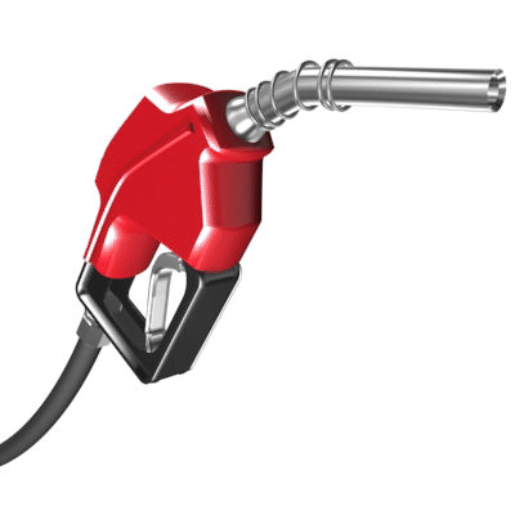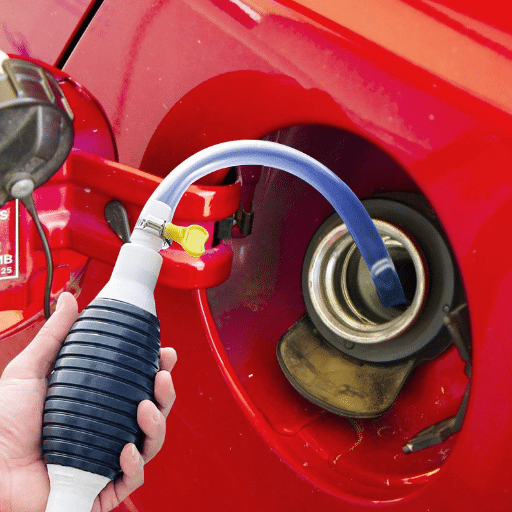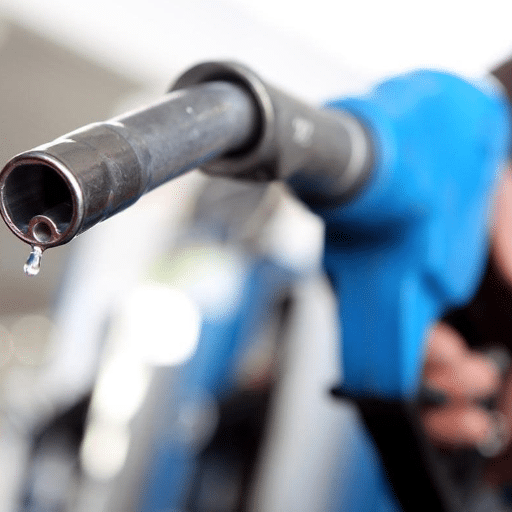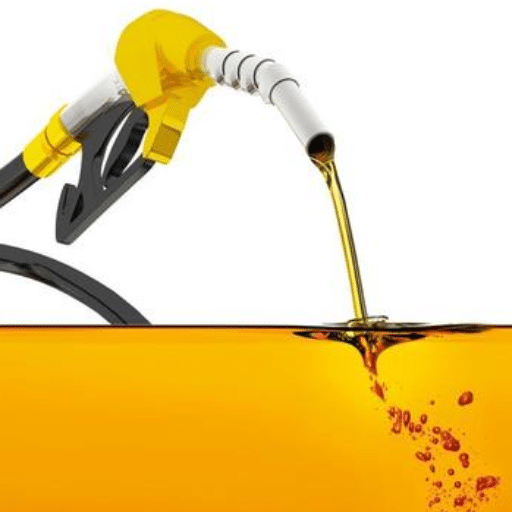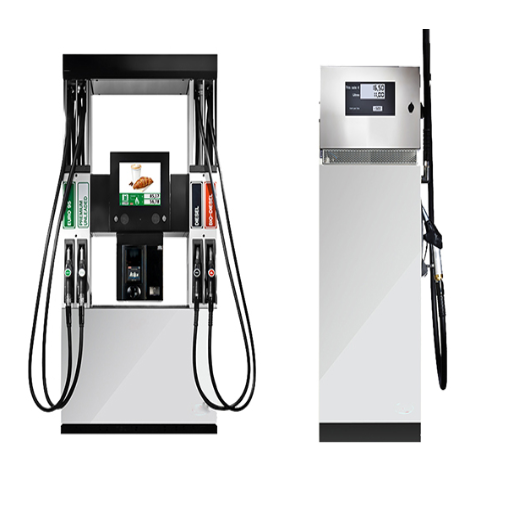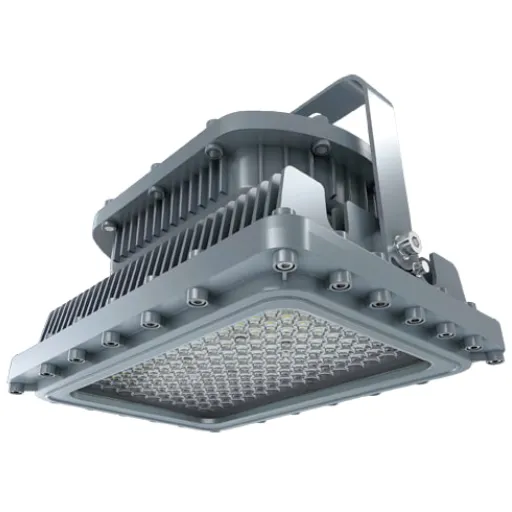The high-pressure pump at gas stations is a powerhouse, refueling cars and getting things in motion. But emergencies can arise at any point in time, and they will. Getting that emergency response instituted just in time will save accidents from happening, save lives, and reduce losses. This article discusses the significance of the emergency shut-off systems operating in gas stations concerning safety at the fuel pump. Whether a gas station owner, an employee, or a client, this knowledge of fire systems and their importance will ensure proper action is taken in an emergency. Continue to know the essentials, safety precautions, and how these systems guarantee safety on each occasion.
Understanding the Gas Station Emergency Shut-Off System
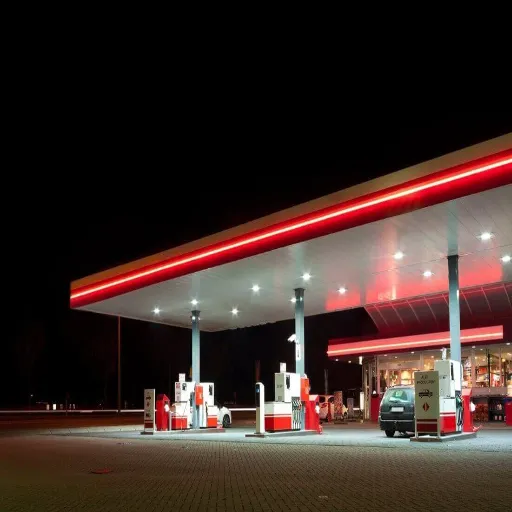
The gas station emergency shut-off system is designed to shut off fuel flow safely and quickly in emergencies, be it a fire, spill, or equipment malfunction. The emergency system usually consists of a shut-off button or switch located strategically for easy access and is clearly labeled. When engaged, it cuts power to the pumps immediately, stopping any fuel dispensing that could pose further hazard. Such systems ensure safety and would minimize risk during an emergency, and all station personnel should know where they are located and how to activate them.
What is an Emergency Shut Off?
An emergency shut-off is a critical safety feature used in most fuel dispensing systems in gas stations, industrial complexes, or any work atmosphere where hazardous materials are handled. It will immediately cease the flow of fuel or any dangerously hazardous substance in case an emergency arises, such as fire, spill, or equipment failure. According to an industry standard, these systems respond only after less than a second to stop fuel flow to reduce any risk involved.
Emergency shut-offs are usually buttons and switches located strategically and plainly labeled for ease of identification. To ensure maximum safety, modern systems are sometimes integrated with automatic sensors that might detect an anomaly such as a drop in pressure, leaks, or suspect elevation in heat, giving the system another layer of protection from the occurrence of accidents. The shut-off systems must be installed, tested, and maintained regularly according to national regulations, such as those published by the NFPA, to ensure compliance and functional efficiency.
Data extracted from safety reports tells us that emergency shut-offs have enormously impacted and outnumbered the incidents at fuel stations worldwide, decreasing fire and contamination incidents by approximately 20 percent during the last decade. These systems provide a degree of safety for persons and property and also help save the environment by preventing a fuel leak from escalating into a serious hazard. Good training for personnel working with these systems should really be regarded as a consideration toward optimizing the usefulness of these systems during emergencies.
How the Emergency Stop Button Works
The emergency stop button is a safety feature to be activated in the event of an emergency for an instant halt in the operation of dispensing fuel equipment. Interruption of electrical power is done for fuel pumps, dispensers, and their allied equipment. Essentially, the button stops all fuel flow at once. Emergency stop buttons are usually situated in easy-to-access and very visible locations. They are hardwired within the station’s control of power. Pushing the emergency stop button creates a situation where incidents such as fuel spills or fires are prevented from rising to a high danger level that could eventually pose a hazard to life, property, and the environment. A manual reset of the system control usually ensues after it has been stopped, ensuring the limitation of the button’s use strictly to emergencies. Regular testing and maintenance ensure operational accuracy in those desperate moments when it is most needed.
Components of a Gas Station Emergency Shut-Off
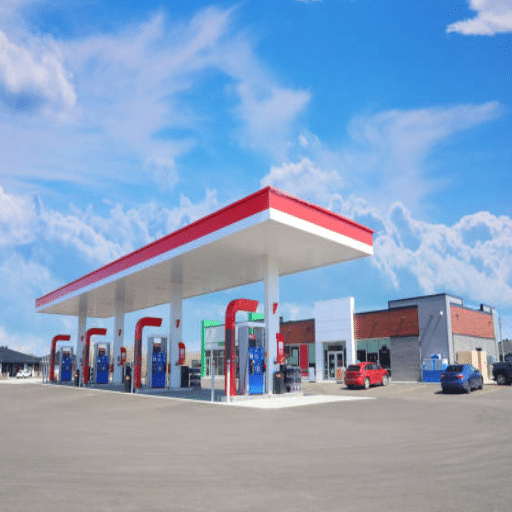
| Component | Description |
|---|---|
| Emergency Shut-Off Button | A button that is plainly labeled, is easily accessible to anyone in need, and when pressed, instantly shuts off the power to all fuel pumps and dispensers. |
| Control Panel | The fuel system is being monitored and incorporated with the emergency shut-off system for halting its operations in an emergency. |
| Fuel Dispenser Sensors | Detect leaks and overflows in conjunction with the emergency shut-off system. |
| Electrical Disconnect Switches | Make sure that when triggered, all electrical systems are disabled so that there can be no fire or other hazard caused by the ignition of fuel or vapors. |
| Signage and Instructions | Signs and instructions to inform employees and customers about the safe use of the emergency shut-off are visible. |
Types of Shut-Off Switches and Buttons
Emergency shut-off switches and buttons come in many different designs to meet various safety requirements and operations. Typical kinds include the following:
Manual Shut-Off Switches
Physically activated switches or buttons are used in emergencies. These are prominently displayed and can be found in easily accessible places, such as near entrances or fuel dispensers.
Automatic Shut-Off Systems
This system uses sensors that can detect conditions hazardous to people or the environment, including fuel leaks, overflows, or pressure changes. They automatically activate to close all impedances to fuel flow and electrical systems, without human intervention.
Key-Operated Shut-Off Switches
These switches require the use of a key to operate and are solely intended for activation by authorized personnel. Misuse or accidental activation is often unwanted in high-security areas.
Push-Button Shut-Offs
These brightly colored and prominently displayed buttons provide close-to-the-ground emergency stop functions. They are designed for ease of use and are normally installed on public service fueling stations.
Remote Shut-Off Systems
So the system for shutting off can operate from a distance. This is especially valuable in large installations, where one can get centralized control for emergencies where access to an emergency switch might be compromised.
By combining these options, facilities achieve the maximum safety that accommodates all kinds of scenarios and user needs.
Understanding the Fuel Dispenser Mechanism
Fuel dispensing traditionally employed mechanisms for achieving efficient, precise dispensing. Initially, the nozzle is attached to a metal pipe referred to as a fuel hose, which carries fuel from the underground tank into the dispenser. An intra-tank submersible or suction pump sucks the fuel up at the initiation of pumping. The fuel thenceforward flows through the metering section inside the dispenser, where measuring mechanisms comprising gears and an impeller exactly measure the quantity dispensed.
Price calculation in the newer fuel dispensing operations is done electronically with the help of control units, which multiply the quantity of fuel dispensed by the fuel rate shown on the interface of the dispenser. The nozzle has an automatic shut-off valve that responds to a change in pressure, thereby stopping fuel flow when the tank is full. These systems cooperate for safety purposes, less spilling of fuel, and ease of operation for the user.
Emergency Stop Button Locations
Emergency stop buttons are placed strategically on fuel dispensers or in accessible areas of the gas station to ensure the highest degree of safety. Typically, they are on the fuel dispenser or a nearby control panel. In larger fuel stations, emergency stop buttons are sometimes installed on the central control panels inside the station building or along safety zones to allow quick access to staff and customers. Marked very clearly, most often in bright red colors with bold labels, these buttons must be easily recognizable during any emergencies. Once pressed, an emergency stop button immediately cuts off the fuel supply to avoid any hazards such as fuel spills or the ignition of fires. These buttons undergo regular maintenance checks to keep them operational and in compliance with all safety standards and protocols.
Importance of Emergency Shut-Off in Fuel Stations
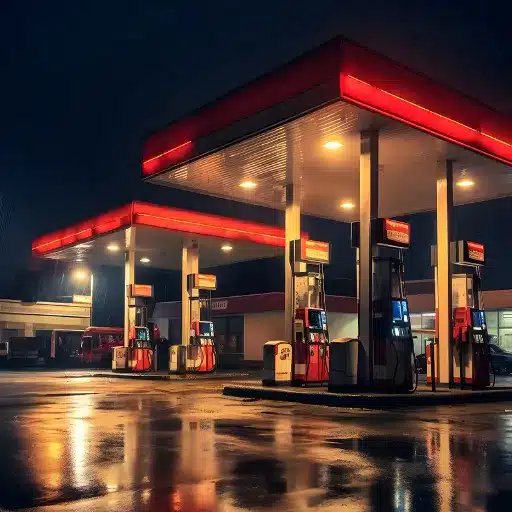
An emergency shut-off system is necessary for an emergency situation for safety in a general fuel station. It prevents any fuel leakage, fires, and possible explosions whenever the flow of fuel ceases immediately on activation, thereby posing lesser risks to any person, damage to property, and the environment. If such systems are clearly marked, easily accessible, and regularly maintained, their reliability and effectiveness increase towards integration into the standard safety protocols.
Preventing Fuel Spills and Fires
Preventing fuel spills and fires is a lot about facilitating vigilant practices with proper equipment and safety mechanisms. Staff at fuel stations should be trained in handling fuel and taking prompt emergency actions. Installing spill containment systems and fire suppression devices, such as automatic fire extinguishers, can help quickly cut down on risks. Regular checking of tanks, pipes, and fuel delivery systems for wear or damage must be carried out to avoid leakages. Warning signage to customers about refraining from smoking or using electric gadgets while refueling purely cuts down on fire hazards. Furthermore, turning on an emergency shut-off and conducting regular drills is indispensable in ensuring readiness and minimizing risks from fuel spills and fire.
Protecting Staff and Customers
The safety and security of people visiting any fuel station is of utmost importance. Hence, staff must be adequately trained to face emergencies while working in any operational conditions involving equipment. All of the safety protocols must be followed. Suitable personal protective equipment (PPE) would be required for dealing with any hazardous materials when necessary.
On the customer-facing side, clear signage that visibly instructs them not to smoke, use mobile phones, or keep engines running while at gas stations while being refueled is imperative. Installing fire extinguishers that are easy to locate, spill control kits, and effectively working emergency shut-off systems must ensure the capacity to respond almost immediately. Fuel systems must also be inspected and maintained on a regular basis to reduce the probability of any incident. Most importantly, developing a mindset of awareness and preparedness goes a long way in ensuring safety for all present on-site.
Regulatory Compliance and Safety Standards
Regulatory guidelines and safety standards must be complied with to guarantee a safe and legal operation. The primary agencies were OSHA, EPA, and local governing bodies that set forth the framework for the safe handling, storage, and usage of fuels. Any deviation from OSHA requirements would spawn hazards in the workplace and render it unsafe due to a lack of clearly defined protocols for training, emergency response, use of protective equipment, or even actual implementation of such protocols. In parallel, there are EPA rules for environmental issues-so that the environmentally conscious storage of the fuels would never allow leaks, spills, or even minor contamination through storage or disposal.
Constant inspections, thorough documentation, and training for the staff all stand as cornerstones for establishing compliance. Safety protocols in the facilities could include automated monitoring, periodic inspections, and scheduled maintenance to conform to required safety standards. By marrying these practices with awareness of updated regulations, enterprises stand to improve the safety of their operations while concurrently mitigating costs incurred from fines and liabilities spawned as a consequence of non-compliance.
Operating the Emergency Shut Off System
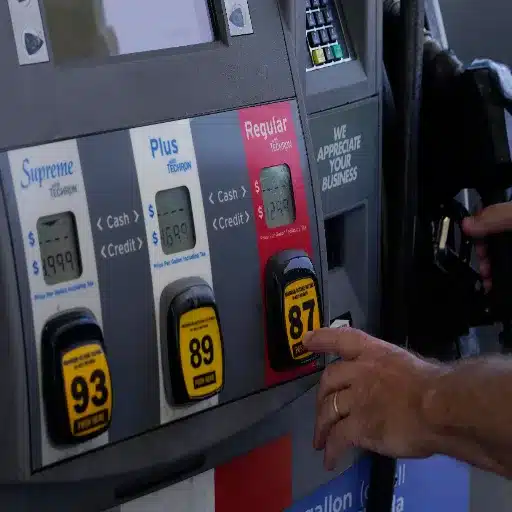
The emergency shut-off system should be operated by first having to locate the designated shut-off switch or button, which is almost always marked for clarity and situated within reach. All personnel should be cleared from hazardous zones before activation. To arrest the operation of the system in question, press or toggle the switch or button firmly. Post-operation, file a report concerning the emergency shutdown incident with the concerned authority and pursue the working procedure for safe equipment start-up.
Step-by-Step Guide to Using the Shut Off Switch
- Locate the Emergency Shut Off Switch
Identify the emergency shut-off device or button. This switch is usually placed in a position that allows easy reach and bearing clear instructions such as “Emergency Stop” or “Shut Off.” - Ensure Safety in the Selected Area
Make sure everybody has left the unsafe zone or at least maintains some distance from the equipment in question. This check is important so that accidents or injuries do not occur during the shutdown procedure. - Engage Shut Off Switch
Hit or flip the switch with conviction to immediately shut off power and halt any ongoing processes. Be sure the activity never stops midway, as the shutdown procedure begins the moment the switch is pressed. - Assessment of Situation
After shutting off all power, an assessment should be done to check if there are immediate dangers. Only then, when the machine is fully powered down and all movement has stopped, should you approach it. - Report the Incident
Notify the incident supervisor or relevant authority of the emergency shutdown and explain why it was used and what dangers were observed. - Restart Procedure
Do not restart the equipment without observing the safety procedures. Only after clearance from the authorized personnel shall the operations be resumed after confirming the safe setup of the equipment.
Training Staff on Emergency Procedures
The training of employees in emergency processes is essential to ensure that respondents respond fast and appropriately to unforeseen events. Start by giving any potential hazards and their responses a complete overview that specifically suits your workplace situation. Regularly run drills and simulations so that employees get used to the shutdown systems, evacuation routes, and communication procedures. Set clear roles for team members during an emergency, such as first aiders or communicators.
Training shall emphasize that fast decision-making is important but must never compromise safety standards. Emergency manuals and signs to aid memory shall support the training. Furthermore, foster discussion and Q&A sessions to surface any concerns employees might have about the instructions given. Continuous evolution and updating of training materials will ensure relevance when new equipment or procedures are added.
Common Mistakes to Avoid During Shutdown
- Ignore Proper Equipment Inspections
Without thorough inspection before or after equipment shutdown, important maintenance issues can be ignored, or the damage may remain hidden. Always ensure tools, machinery, or systems are checked against any vital issues that could really get costly later on. - Skipping a Shutdown Procedure
The nuts and bolts of shutdowns are often overlooked. The failure to specifically plan out the shutdown procedures leads to miscommunication, thus setting the stage for mistakes, safety hazards, and downtime. - Ignoring Training and Preparation of Staff
Assuming that the workforce already knows what procedures to follow puts in the error spectrum. Regular training and clear communication ensure that each and every worker understands what their role and responsibilities are during the shutdown. - Skipping Lockout-Tagout (LOTO) Procedures
Skipping or improperly following LOTO procedures leads to dangerous situations. All potential sources of energy must be isolated and locked out to ensure no accidents occur. - Rushing Through the Shutdown Process
Rushed methods may skip some steps, thereby increasing the possibility of equipment damage or of some incidents posing a hazard to the person’s safety. Make sure that enough time is allowed for the shutdown of processes that may be systematic and carried out with some degree of care.
Avoiding these common errors is one way by which facilities ensure a smoother, safer, and more efficient shutdown.
The Importance of Emergency Shut-Offs in Fuel Station Safety
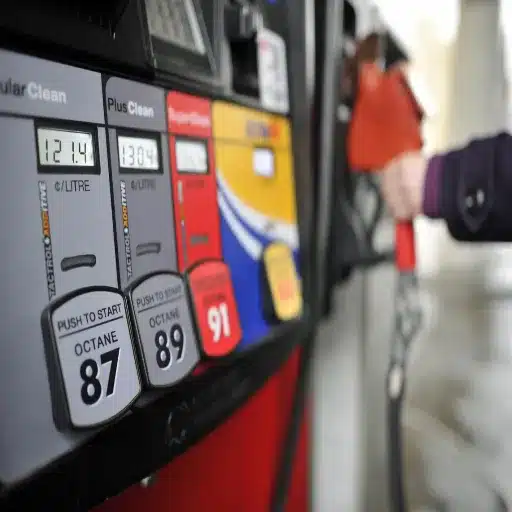
Emergency shut-offs are an integral constituent of fuel station safety systems. They allow for an instant shutoff of fuel flow during dangerous situations in order to avoid any occurrence of fires, explosions, or environmental damage. Employees should be trained correctly in using these systems alongside regular maintenance and inspections to ensure that they work when called upon. When combined with drills, equipment checks, and proper communication protocols as a part of a larger safety system, emergency shut-offs serve to greatly curb risks and ultimately save lives and protect the attendant business from harsh consequences.
Summary of Key Points
- Purpose of Emergency Shut-Off Systems: Emergency shut-off systems serve as important safeguards against any disaster that may lead to fire, explosion, or environmental damage at a gas station. Their immediate operation to stop fuel flow during an emergency on the site reduces risk.
- Making Sure Maintenance Is Done and Training Has Taken Place: To ensure proper functioning, these systems need to be maintained, and training must be conducted. Employees should be aware of the operation of such systems. Routine maintenance must be implemented to detect faults.
- Integrating Broader Safety Measures: The emergency shutdown systems should work in conjunction with a broader safety program that takes into consideration drills, communication, and equipment checks. This excludes any considerations provided for emergency communications.
The proper implementation of these measures turns out to be a great stride in the safety of the gas station, the lives of people, and property, including the environment.
Encouraging Compliance and Vigilance
In my opinion, first and foremost, one should embody the standard through his or her comportment while also laying down unambiguous and consistent communications about safety expectations. Keypoint topics for regular training would be the importance of following protocol and laying the groundwork for a culture where any concerned party may report an issue. With my proactiveness and approachability, I can enhance everyone, fortifying the safety net together at their highest standards.
Future Innovations in Emergency Shutdown Technology
On one hand, emergency shutdown technology is exactly captained to progress as fast as possible, going into automation, predictive maintenance, and increased connectivity. At the heart of it all lies an innovation that implements Artificial Intelligence (AI) and Machine Learning (ML) algorithms to analyze real-time data for risk assessment before the risks reach any perfection. It can actually initiate shutdowns on predicted patterns, limiting human intervention and thus reducing response time.
Another advancement would be integrating the Internet of Things (IoT). These connected sensors and systems provide if the shutdown process can be monitored remotely and from practically anywhere, which may be especially useful when shutdowns have to occur in hazardous places or in places practically inaccessible for immediate human intervention. Besides, the IoT collects rich datasets for after-shutdown analytics to further improve safety procedures.
Emerging cybersecurity trends have also influenced how emergency shutdowns are being shaped into the future. As systems grow a little more digital, measures are put in place to secure critical infrastructure from cyber threats, ensuring that the instructions for shutdown are not tampered with. Meantime, these innovations pledge to significantly speed up, make safer, and more reliable emergency shutdowns in increasingly complicated industrial milieus.
Reference Sources
Resilience-Based Design of Natural Gas Pipelines
Developing a Hydrogen Transportation Infrastructure
Study of the Pipeline in Emergency Operation
Frequently Asked Questions (FAQs)
What is the purpose behind the gas station’s emergency shut-off?
Destruction of the gas station’s emergency shut-off causes the repulsion of fuel from the gas pumps under emergency conditions. Being paramount, this may avert accidents and might prevent fire or spill events that pose threats to human lives and properties. Activation of the emergency shut-off shall provide safety to the customer and staff at the station.
How does the push-button emergency shut-off work?
This method pushes the emergency shut-off to enable someone to stop the dispensing of fuel in an emergency in a hurry. Pressing the button energizes a relay that de-energizes the pumps and actuates a contactor that prevents fuel flow through the dispensers. This system is a safety system during emergencies.
What are shunt trip breakers, and what type of role do they play in gas station emergencies?
Shunt trip breakers are particular types of breakers capable of being tripped via an external switch-like an emergency shut-off button. When the activation of any shunt trip breaker occurs, it disables power from systems considered crucial, such as gas pumps, thereby providing an added layer of protection against electrical faults or hazardous situations occurring at the gas station.
Where may the sole emergency shutoff be found at a gas station?
The emergency shutoff is generally installed near the gas pumps or at the entrance to the fueling island. Its strategic location ensures that there can be quick action in cases of emergencies to keep any hazard from further unfolding.
What is the significance of ADA and NEC in gas station emergency shut-off systems?
The Americans with Disabilities Act and the National Electrical Code, among others, lay down certain regulations to ensure safe installation and accessibility of gas stations’ emergency shut-off systems. Compliance protects everybody, including those with disabilities, assuring the shut-offs are accessible to them during emergencies.
Can the emergency shut-off system be tested regularly?
Yes, the emergency shut-off system requires testing periodically to ensure proper functionality. This involves confirming that both the push button and shunt trip circuit function correctly. Maintenance checks can help catch problems before they become critical under actual emergency conditions.
What happens if the emergency shut-off for the gas station does not work?
In case the emergency shut-off at the gas station does not function, the personnel must be immediately alerted, while other safety measures, such as manual isolation, should be put in place. The situation must be dealt with by competent staff at the earliest possible time to ensure the safety and adherence to the station.
How can a truck driver access the emergency shut-off at a gas station?
The truck driver can access the emergency shut-off at a gas station by identifying the special button or switch placed either just beneath a lamppost or near the fueling island, somewhere in full view. The driver must make it a point to know the location of the emergency stop as part of their safety procedure while fueling.


